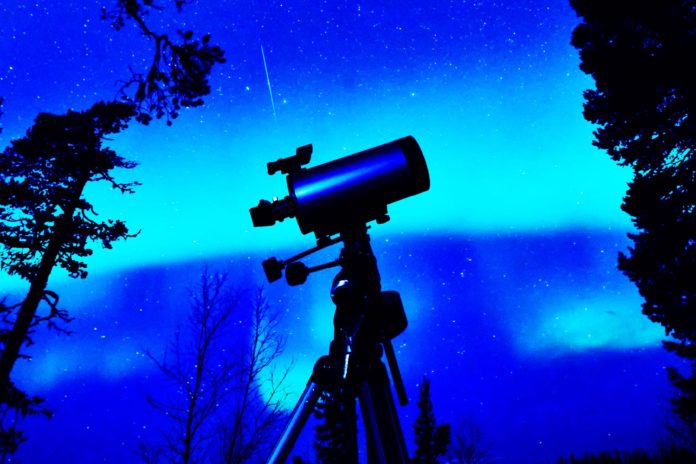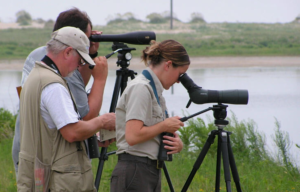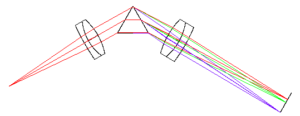
The market offers several spotting scopes with different features and specifications to help meet the different bird watchers. In this, it is important to find the best spotting scope to meet your needs.
What is a spotting scope?

A spotting scope is categorized as a terrestrial telescope that is designed to meet birding needs and preferences of bird watchers who prefer distant watching. While you can also use them for other observations, birdwatchers benefit from the right magnification to help focus on detail despite the distance.
Difference between spotting scope and astronomy telescope

The use of a spotting scope has been confused with that of an astronomy telescope, which should never be the case because of their key difference. Unlike a spotting scope, an astronomy telescope features very high magnification, which makes them difficult to sight through.
| Feature Name | Astronomy telescope | Spotting scope |
| Magnification | High magnification | Low magnification |
| Field of View | Smaller field of view | Wider field of view |
| Portability | Can be tedious | Easily portable |
| Imaging | Upside up imaging | Provide mirror imaging |
| Focal length | They have a shorter focal length | They have a longer focal length |
Looking at their features, spotting telescopes are great for bird watching whereas the astronomy will serve its purpose in astronomy observations.
Why you need a spotting scope for birding
Investing in the best spotting scope for birding comes with several advantages and benefits including:
They have the right magnification for distant bird watching to ensure you can view detail closely
- They remain bright and clear even under poor lighting
- You can attach to a tripod thus promoting stability
- They allow for distant watching so you do not have to scare away or disturb your birds of interest
- They allow for digiscoping
Additionally, spotting scopes are also best for hunting.
Factors to Consider When Choosing a Spotting Scope
Good magnification range for better birding:
Spotting scopes offer a range of between 15x and 60x and this helps to focus on the birds you want. The higher the magnification, the more detail you can gather without going closer to the bird(s). In addition, you should be able to easily interchange magnification power with the help of zoom lenses.
Objective Lens:
Also referred to as the aperture, this feature is responsible for the lighting of your spotting scope. Sufficient light translates to better clarity, which in turn allows you to view detail. When choosing the objective size, always remember that larger is better. Another key consideration is your viewing field. If it is darker, go for a larger lens as opposed to a birdwatcher who is out in the open light. This also puts into consideration the time of day you prefer bird watching.
Exit Pupil:
Unlike the aperture, the exit pupil is responsible for measuring image brightness. When shopping for a spotting scope with adequate brightness. It is recommended that you go for an exit pupil of 1.33mm and above. Keep in mind that brightness goes hand-in-hand with lighting and that, therefore, one is dependent on the other.

Eyepieces:
The market offers both interchangeable and fixed eyepieces each coming with its benefits. Interchangeable eyepieces allow you to work with different preferences. On the other hand, the fixed eyepieces are normally waterproof. The key is to buy one that will meet your needs. Always ensure that it fits your scope as some manufacturers have designs for specific lines.
Field of View:
The field of view (FOV) addresses how wide you can view. Always go for a wider view especially if you are viewing in open spaces. Keep in mind that with the increase in magnification there will be a decrease in your field of view. The FOV will also vary depending on the eyepiece choice or whether you are using a fixed or interchangeable eyepiece. A fixed eyepiece has a wider FOV.
Optical Design:
Spotting scopes have either a refractive or a catadioptric optical design. Refractive scopes offer the benefits of being affordable yet durable for field use. On the other hand, a catadioptric optical design will provide you with clear images when used at high magnification. Even with clear images, their downside is that their images are reversed right to left.

Get a Waterproof and fog proof Scope:
It is highly recommended that you settle for waterproof and fog proof spotting scope to boost its quality despite different environments. These are designed to withstand damages from moisture making them ideal for use even when dew and a little drizzle is out there. However, be careful not to drop them in pools of water, as this will damage their functionality.
Abandon a cheap scope:
When referring to spotting scopes, the better the features in the market, the more costly the product. In this, the cheap products are bound to save you on some money in the short-term but they will not meet your expectations. They will also cost you more in the long-term due to frequent purchases. You should try to buy from top 10 brand spotting scope.
Final verdict
When shopping to find the best spotting scope, it is best you outline your key needs and preferences. The above beginner guide will help you identify the best product for you. You will focus on both qualities as well as functionality to identify one. Bottom line is that you must avoid any cheap spotting scopes and invest in the best quality.

















